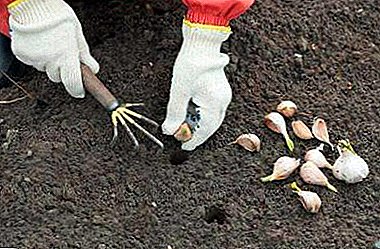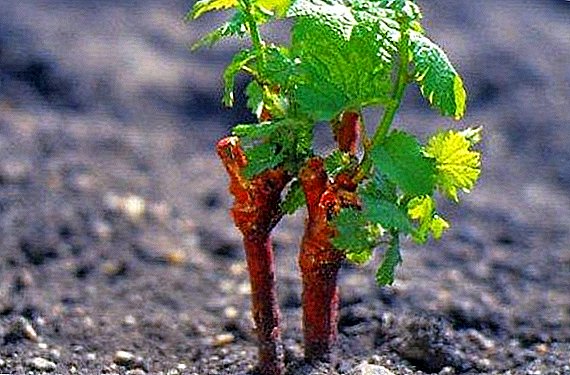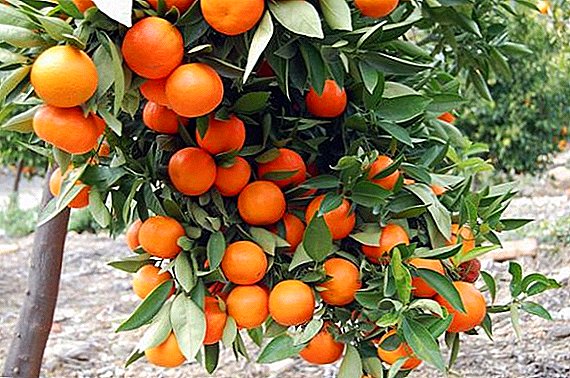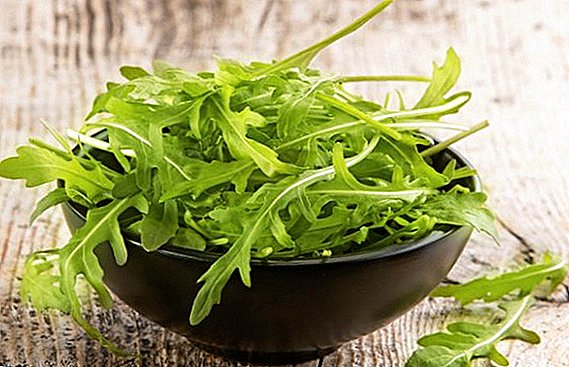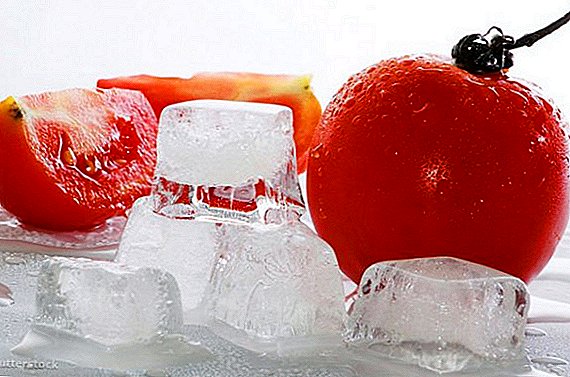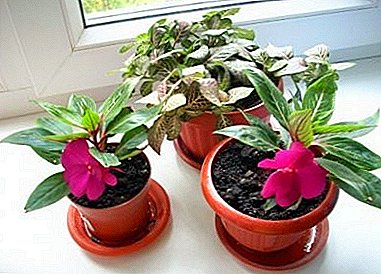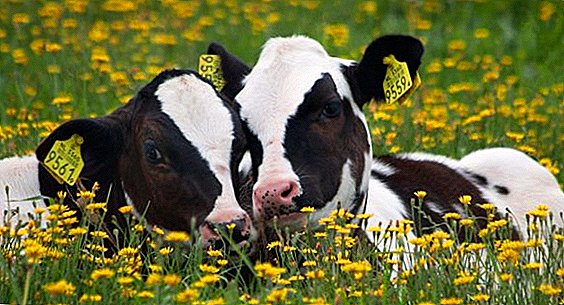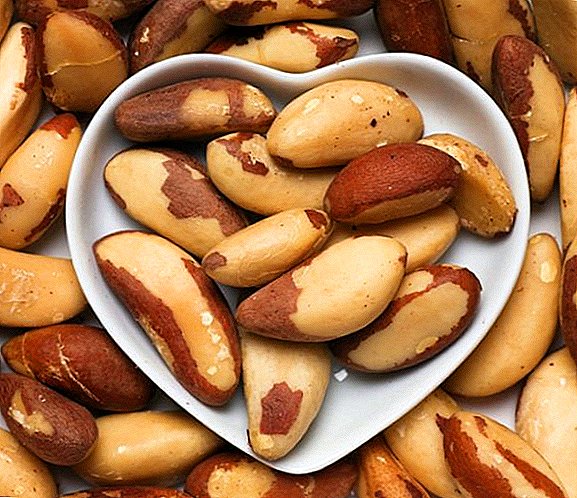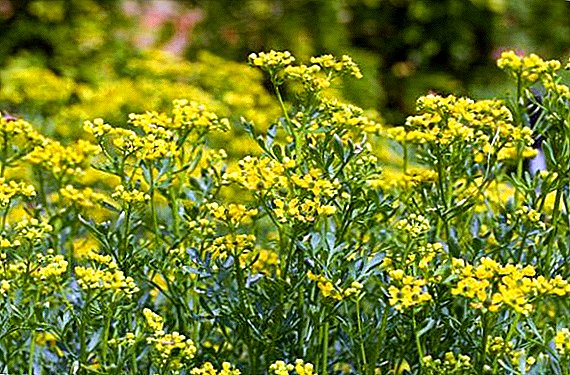 Herb Ruta fragrant has a wide use - as a medicine, and as a poison, and as a culinary seasoning. In this article you can learn everything about the root and its indications for use. We will also tell you about the features of the collection of this medicinal plant and its contraindications.
Herb Ruta fragrant has a wide use - as a medicine, and as a poison, and as a culinary seasoning. In this article you can learn everything about the root and its indications for use. We will also tell you about the features of the collection of this medicinal plant and its contraindications.
Ruta: description of a medicinal plant
Herb rue and its healing properties are familiar to almost everyone, just as the photo of this perennial plant is familiar. You can recognize it in the wild by the following characteristics:
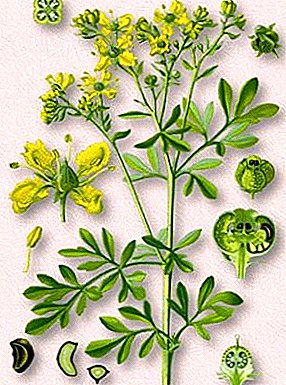 straight bare stems with a large number of branches;
straight bare stems with a large number of branches;- plant height - from 20 to 80 cm;
- elongated, ovate leaves, each with several cuts; leaves are fleshy, have streaks with a high content of essential oils;
- flowers are formed on the very tops of the stems, where they are collected in thyroid panicles;
- flower color - greenish-yellow;
- flowers have a very strong aroma;
- the flowering period is June-July.
Did you know? There are many Slavic beliefs associated with the colors of the rue. According to one of them, 4 times per century on the night of the holiday of Ivan Kupala, the yellow flowers of the rue turn red and help the girls to charm their beloved.
Chemical composition of the plant
Ruta is a plant that is very rich in chemicals, some of which are poisonous. In particular, in this plant you can find:
- alkaloids (0.2%);
- essential rutovoy oil (1.2%);
- flavocrolutin (less than 0.1%);
- furocoumarin (less than 0.1%);
- xanthoxin (less than 0.1%);
- rutin (vitamin P);
- coumarin (0.1%);
- umbelliferone (less than 0.1%);
- Bergapten (less than 0.1%);
- Quercetin (more than 2%).
What is useful root: pharmacological properties
Garden rue is distinguished by a number of useful properties, for which it is valued even in traditional medicine. In particular, the herb rue is used in the treatment of various diseases as a means of possessing the following properties:
- anticonvulsant;
- diuretic;
- hemostatic;
- vessel strengthening;
- antispasmodic;
- stimulating appetite;
- stimulating uterine contractions (increases estrogen levels in the blood).

It is also worth noting that with prolonged use of drugs and tinctures on the basis of the rue can significantly increase the sensitivity of the skin to ultraviolet radiation, as a result of which a person may unexpectedly get a sunburn.
Did you know? Pharmaceutical preparations "Rutin" and "Akofit" ("Radiculin") are made on the basis of fragrant rue. Thanks to Rutin, the balance of vitamin P is restored, and Akofit allows overcoming radiculitis.
Medicinal properties of the rue: how to use the plant in traditional medicine
Ruta is a plant with many healing properties, for which it has long been valued in traditional medicine. For the treatment of various diseases used teas, fees, infusions. The latter are used for both internal and external use. In traditional medicine, you can find many recipes from the rue, but their use should be extremely careful. Do not forget that the root is among the poisonous plants:
- Ruta and tincture from it have been used as a disinfectant, which is used in conjunctivitis for washing eyes from purulent secretions. Tincture of the rue is used for varicose veins and many other diseases associated with blood clotting.
- Broths from the rue proved to be an effective remedy for inflammations of the eyelids, skin rashes, frostbite, fungal dermatitis and purulent boils. In such cases, compresses and lotions can be made from decoctions and grass gruel.
- Butter rue is also widely used. It is obtained by water distillation of fresh (green oil is obtained) or dried rue (yellow oil is obtained). Root oil is used in aromatherapy for head and ear pains. It has also found its use in rheumatism and sprains. In some countries, used in perfumery.
 To prepare a hot infusion of rue, for 200 ml of boiled water use only 1 teaspoon of dried herbs. After it is infused for 10 minutes, the infusion can be filtered and ingested no more than 0.5 cups 2-3 times a day. To obtain a cold infusion, a similar amount of grass is poured with 400 ml of boiled, but already cooled water, and infused for about 10 hours. The resulting infusion is taken no more than 4 times a day for 0.5 cups.
To prepare a hot infusion of rue, for 200 ml of boiled water use only 1 teaspoon of dried herbs. After it is infused for 10 minutes, the infusion can be filtered and ingested no more than 0.5 cups 2-3 times a day. To obtain a cold infusion, a similar amount of grass is poured with 400 ml of boiled, but already cooled water, and infused for about 10 hours. The resulting infusion is taken no more than 4 times a day for 0.5 cups.Alcoholic infusions are prepared from the root, which can only be used externally. For the preparation of such a medicine, only 40% alcohol will be suitable, to which a tenth part of the herb is added to the total volume of alcohol (10 g of grass is given per 100 ml of alcohol).
Did you know? In nontraditional Indian medicine, the root is used as a means that can cause an abortion.
How to use spice cooks
Despite the presence in the root of not only useful properties, but also contraindications, it is also used in cooking, where she deserved love for her flavor. Used in cooking, only leaves of rue, which is important to collect even before flowering. It is noteworthy that fresh and dry leaves have a different aroma and taste:
- fresh rue resembles a mixture of onions and garlic;
- when dried, its leaves are more suitable for making tea, since they have a scent similar to rose petals.
 Ruta is added to vinegars, wines and even berry tinctures. If you add rue to cheese, salad, sauce or even meat dishes, their taste will only improve. Rutu is used even for pickling mushrooms, tomatoes and cucumbers. It goes well with spices such as sage, cumin, rosemary and garlic.
Ruta is added to vinegars, wines and even berry tinctures. If you add rue to cheese, salad, sauce or even meat dishes, their taste will only improve. Rutu is used even for pickling mushrooms, tomatoes and cucumbers. It goes well with spices such as sage, cumin, rosemary and garlic.Important! To avoid root poisoning, when it is added to food, you should not use more than 0.15 g of this herb in one serving. In hot dishes, it is added 1 minute before the stove is turned off.
Ruta: how to prepare and store medical raw materials
Useful properties of the rue make it necessary to collect and procure its raw materials, although in the raw state rue is also used. In order to prepare medicinal raw materials, it is necessary to wait for the period of flowering of the rue, when it will be possible to collect the most leafy young twigs, on which several flowers have already blossomed. It is worth noting that the plant root can be quite large, so if you need to break from it 20-centimeter twigs have to use a secateur.
Important! During the collection of rue should work in rubber gloves. Direct contact with the skin may cause severe burns, watery blisters and swelling.The correct process of drying the rue involves placing a torn grass in a thin layer in a well-ventilated room, where direct sunlight could not fall on it. After that, it is collected in glass or metal containers and stored in a dry place. During storage, the sun should also not fall on the grass, because of which it can fade and lose its properties. The storage time of such a healing preparation is not more than 2 years.
Contraindications
 Despite the fact that the root of the grass has a wide application, treatment with its use is contraindicated in many categories of people. When overdosing, the root can cause severe irritation of the mucous membrane of the human digestive tract, cause swelling of the tongue and larynx. Subsequently, the victim of the poisoning can feel very dizzy, nausea and vomiting appear. If you do not do the gastric lavage in time, there may be complications in the liver and kidneys.
Despite the fact that the root of the grass has a wide application, treatment with its use is contraindicated in many categories of people. When overdosing, the root can cause severe irritation of the mucous membrane of the human digestive tract, cause swelling of the tongue and larynx. Subsequently, the victim of the poisoning can feel very dizzy, nausea and vomiting appear. If you do not do the gastric lavage in time, there may be complications in the liver and kidneys.
For these reasons, it is strictly forbidden to drink medicines with its content to children, as well as pregnant women. Also, the herb rue is not allowed in the application in traditional medicine for such diseases:
- uterine bleeding;
- during the menstrual cycle;
- hyperacid gastritis;
- stomach ulcer and duodenal ulcer;
- colitis;
- increased acidity of the stomach;
- hypotension.


 straight bare stems with a large number of branches;
straight bare stems with a large number of branches;